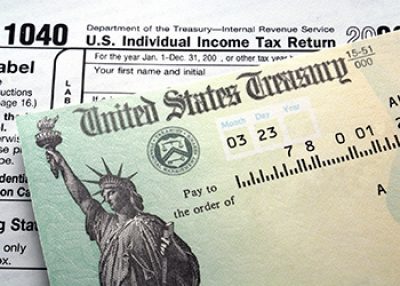We make strategic investments in programs, research and advocacy that help families and young people achieve financial stability and financial well-being. We aspire to help families build intergenerational wealth and reduce racial wealth gaps while working to eliminate burdensome debt and improve consumer protections.
• Programs include financial coaching, savings and credit-building initiatives as well as direct services to reduce the burden of fines and fees, medical debt and student loans.
• Research provides critical data for the field on debt burdens faced by Americans and on drivers of racial disparities in debt and wealth.
• Advocacy pushes state, local and federal government bodies to protect consumers from burdensome or predatory debts and to create policies that increase access to affordable financial products and opportunities to build intergenerational wealth.
- Debt reduction. This strategy deepens policy and program interventions driven by the Southern Partnership to Reduce Debt (SPRD). The SPRD is an equity-based initiative that aims to close the racial-ethnic wealth gap by centering burdensome debts as a critical barrier to financial stability and wealth building.
- Financial stability and well-being. This strategy seeks to address racial economic disparities faced by individuals and families in low-income communities and communities of color, particularly youth and young adults. Moving beyond financial education, our financial stability and well-being investments focus on ensuring people have access to the income, resources and skill-building opportunities necessary to build financial well-being. Technology training nonprofit Per Scholas, for example, provides job training for tech careers along with financial coaching for learners. Participants who received education and coaching from Per Scholas were able to graduate at a higher rate and feel more financially prepared for their jobs after graduation.
- In 2021, the North Carolina Justice Center helped to restore 15,400 driver’s licenses that were suspended due to unpaid fines and fees. It also reached 36,680 people through its website.
- Young Invincibles, a nonprofit dedicated to amplifying the voices of young people, brought student perspectives into the conversation on higher education in Texas. In the first half of 2022, it trained 18 young Texans as student advocates. These advocates oversee on-the-ground community engagement and discussions on pressing issues for young people. They also contribute to state and local-level policy discussions that impact youth.
- Since 2018, MyPath and YouthBuild have partnered to deliver savings and credit-readiness workshops to young people ages 16 to 24. After participating, young people committed to saving an average of 32% of their earnings, and 81% reported increased confidence when using credit for auto loans, credit cards and mortgages.
- The Cities for Financial Empowerment Fund launched the Local Consumer Financial Protection Initiative. In 14 locations across the United States, local governments are working to enhance their capacity to offer residents consumer financial protection and empowerment.
- Neighborhood Trust provided financial coaching to 1,266 clients in the first six months of 2022. Half reduced their consumer debt by a median of $1,701, 71% reduced their collections accounts by a median of $956, and over half of all clients improved their credit by at least one tier.
- In 2022, members of the Southern Partnership to Reduce Debt contributed to advocacy that led the three largest credit bureaus to exclude most medical debt from credit reports. This rule change will remove an estimated 70% of negative medical debt remarks.
• We commonly think of the racial wealth gap as being driven by disparities in assets, but debt also plays an important role. The Aspen Institute Financial Security Program report, Disparities in Debt: Why Debt Is a Driver in the Racial Wealth Gap, explains how families of color in the United States are forced to rely more on credit or loan debt for their needs and how these debts prevent wealth-building.
• The student debt crisis disproportionately affects borrowers of color, typically in the South. The Student Borrower Protection Center’s research series on student loan debt in the South explores the geography of the crisis, starting with Atlanta – where the average student debt in majority-black zip codes was nearly $7,000 more than in majority-white zip codes.
• The Urban Institute’s credit dashboard is a one-stop shop for data and analysis on debt and credit across the United States, with national, state, and county-level resources available.





